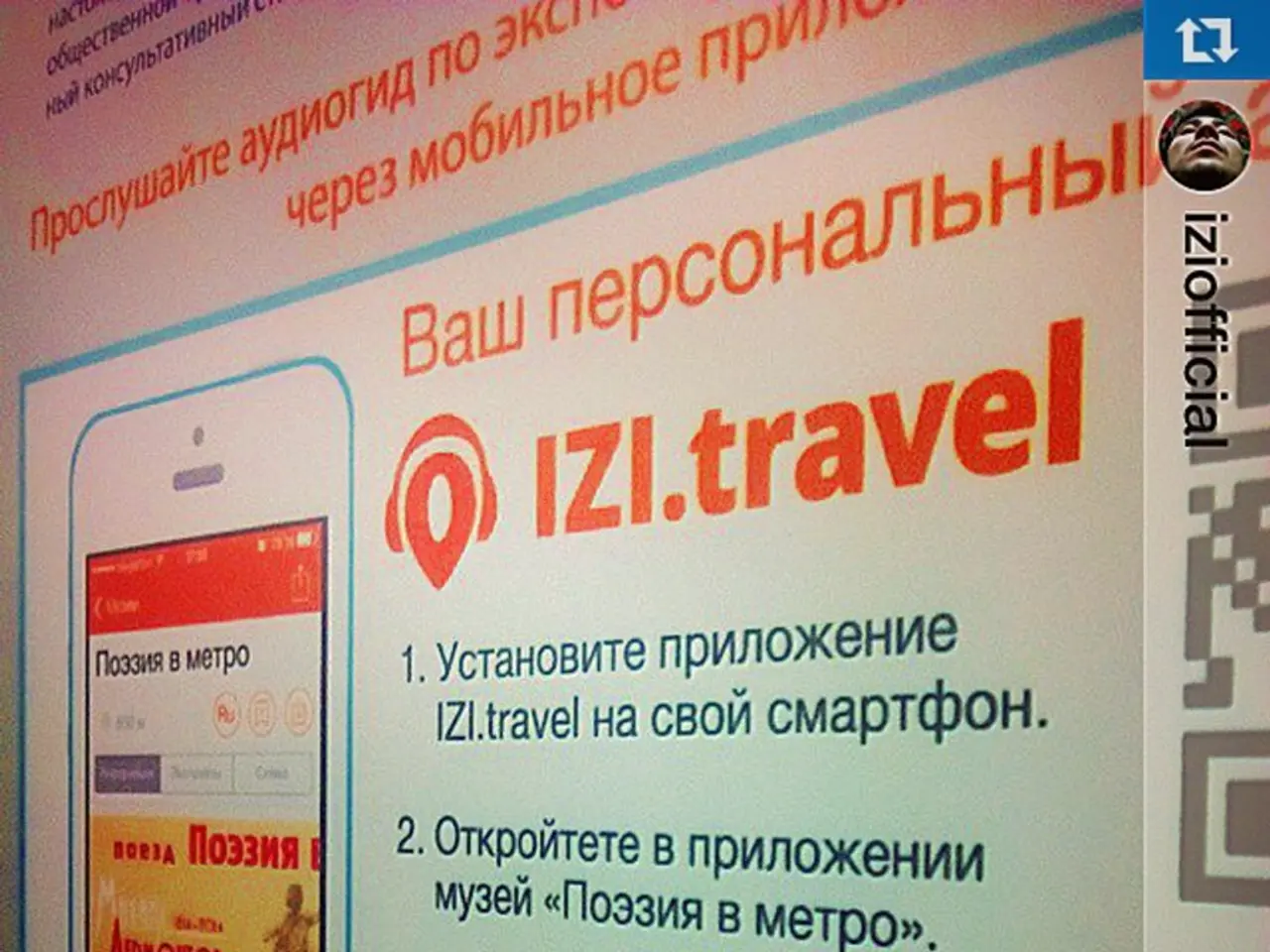Paid Advertising on Search Engines versus Paid Advertising on Social Networks: Understanding the Distinctions and Optimal Scenarios
In the digital marketing landscape, businesses have a plethora of strategies at their disposal to reach potential customers. Two of the most popular methods are Paid Search (PPC) and Paid Social advertising. These strategies, when combined effectively, can significantly boost a campaign's return on investment (ROI).
Paid Search, or pay-per-click advertising, involves displaying ads on the top of search results, above organic search results. Ad placement in Google search results is determined by an ad rank score, which is a cumulative of several factors including bid amount, ad quality, landing page experience, device, and context of search. This strategy is one of the fastest ways to increase visibility, show up in search engine results ahead of competitors, and attract quality clicks to a website.
On the other hand, Paid Social is another digital marketing strategy that involves displaying ads on social media platforms. Unlike Paid Search, which is based on search keywords, ads in paid social appear based on user activity. Paid Social allows reaching people who are likely interested in a product or service. It offers access to various interactive ad formats, such as video, carousels, polls, surveys, user-generated campaigns, etc. Social media has a large audience, allowing businesses to reach more people than on search engines.
The best practices for combining Paid Search (PPC) and Paid Social advertising strategies in a digital marketing campaign involve integrating data, aligning goals, and coordinating targeting and messaging for maximum synergy, cost-efficiency, and brand impact.
Leverage cross-channel data sharing: Use PPC campaign data (e.g., high-performing keywords, ad copy, landing pages) to inform and optimize Paid Social targeting and creative, and vice versa. Paid Social audience insights can refine PPC audience segments. This enhances precision in reaching the right users and reduces wasted spend.
Align campaign objectives and messaging: Clearly define unified goals such as brand awareness, lead generation, or conversions, and ensure consistent messaging across Paid Search and Paid Social channels to strengthen brand presence and user experience.
Coordinate keyword and audience targeting: Avoid internal competition by coordinating which keywords or audience segments are targeted by each channel to prevent budget overlap and ad cannibalization.
Use Paid Search insights to guide SEO and organic social efforts: High-converting PPC keywords and successful ad elements can inform organic SEO strategies and content for social media, while organic data can indicate where paid amplification might provide additional lift.
Employ lookalike and retargeting audiences on Paid Social: Use your best customers’ data from PPC and CRM systems to build lookalike audiences that improve targeting efficiency on social platforms. Retarget visitors who interacted with your search ads to nurture conversions.
Measure combined KPIs and user journeys: Track unified metrics such as total impressions, combined click-through-rates (CTR), and conversions influenced by both channels. Use multi-channel attribution tools to understand how Paid Search and Paid Social work together in the customer journey and optimize accordingly.
Keep creative fresh and tailored: Customize Paid Social ads to different audience segments and funnel stages based on insights from Paid Search performance. Continually refresh creatives to avoid ad fatigue.
In summary, the best approach is a holistic, data-driven strategy that unites Paid Search and Paid Social advertising under shared goals, audience insights, and performance measurement to maximize return on investment and streamline campaign execution.
Facebook, for instance, allows targeting (potential) customers based on age, location, and interests, as well as pixel-based audience targeting. LinkedIn, another popular social media platform, allows creating custom audiences by integrating data from your customer relationship management (CRM) system or creating lookalike audiences based on your already-built connection/customer base.
By combining Paid Search and Paid Social advertising, businesses can reach a wider audience, engage potential customers effectively, and ultimately boost their ROI. The key lies in a strategic, data-driven approach that leverages the strengths of both strategies while minimizing redundancies and maximizing synergies.
- To amplify a campaign's performance in the digital marketing landscape, businesses can utilize a combination of Paid Search and Paid Social advertising strategies, which can significantly increase return on investment (ROI).
- By leveraging cross-channel data sharing, businesses can refine audience segments in Paid Social using PPC campaign data, and vice versa, enhance precision in reaching the right users, and reduce wasted spend.
- For maximum synergy, businesses should align campaign objectives and messaging across both Paid Search and Paid Social channels, strengthening brand presence and user experience.
- To boost ROI, businesses can employ lookalike and retargeting audiences on Paid Social, using data from PPC and CRM systems to build efficient targeting on social platforms and nurture conversions among visitors who have interacted with search ads.




